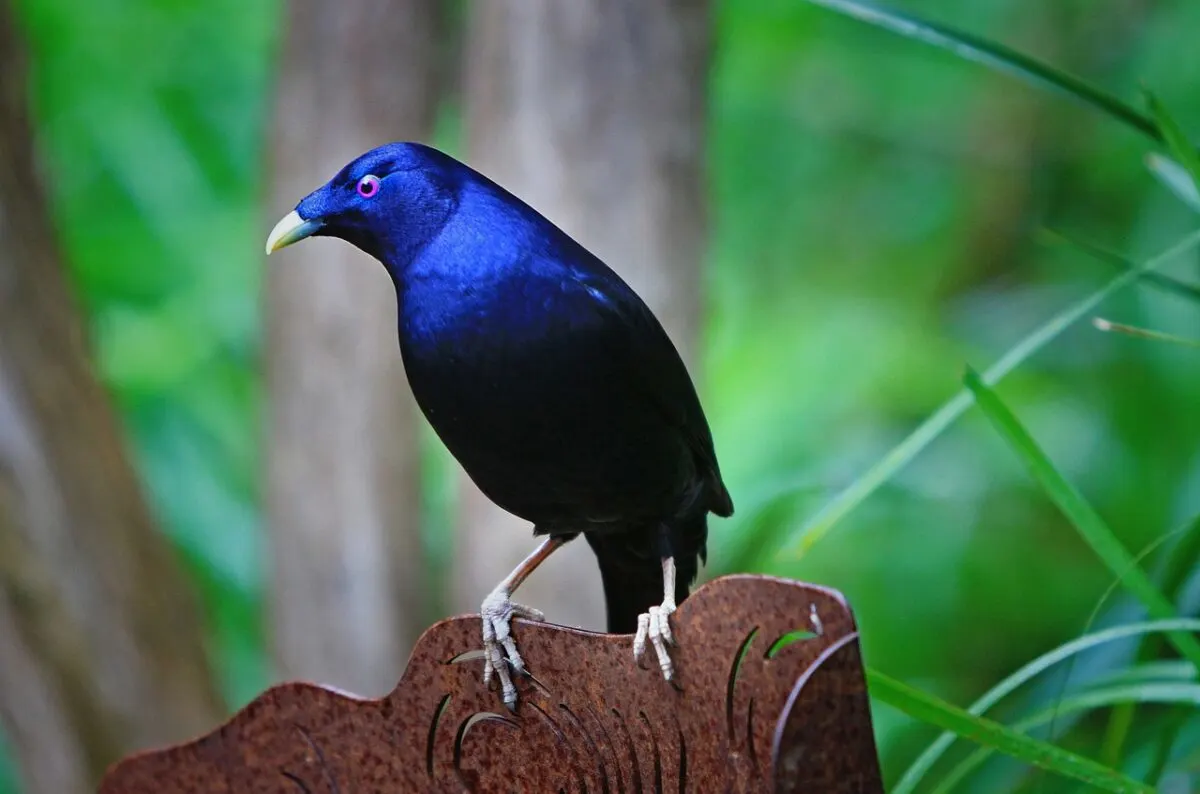The avian world is full of extraordinary architects that construct nests ranging from simple cups to elaborate structures that defy imagination. These feathered engineers use an impressive array of materials and techniques to create safe havens for their eggs and young. Some birds invest weeks of labor in their construction projects, while others create ephemeral masterpieces that last just one breeding season. From woven pendulums to glued saliva structures, these 15 birds have perfected the art of nest-building in ways that continue to amaze ornithologists and bird enthusiasts alike.
Sociable Weaver Apartment Complexes of the Kalahari

Perhaps the most impressive community architects in the bird world, Sociable Weavers (Philetairus socius) construct massive compound nests that can house up to 100 breeding pairs. Native to the arid regions of southern Africa, these sparrow-sized birds build structures that resemble giant haystacks perched atop trees or telephone poles. A single nest structure can weigh over a ton and last for over a century, with generations of birds continuously maintaining and expanding it.
Each family occupies a separate chamber within the communal structure, which features remarkable temperature regulation properties. The thick thatch roof keeps chambers cool during scorching desert days (often 20°F cooler than outside temperatures) and warm during cold nights. The nests are so sturdy that other bird species, including falcons and owls, often nest in the sides of these avian apartment buildings. Some Sociable Weaver colonies have maintained and expanded the same nest for over 100 years, creating natural landmarks visible from considerable distances across the Kalahari landscape.
Edible-nest Swiftlet Building with Saliva

The Edible-nest Swiftlet (Aerodramus fuciphagus) creates one of the most valuable nests in the world—and does so using almost nothing but its own saliva. Native to Southeast Asia, these swift relatives spend months constructing small, cup-shaped nests made almost entirely of hardened saliva strands. The birds produce the sticky substance from enlarged salivary glands during breeding season, which hardens into a cement-like material when exposed to air.
These translucent white nests are the principal ingredient in bird’s nest soup, a Chinese delicacy that has been consumed for over 400 years. A single pound of these nests can fetch over $2,500, making them among the most expensive animal products in the world. Due to high demand, commercial “bird house” buildings have been constructed in Southeast Asia specifically to attract these swiftlets and harvest their nests. Conservation efforts now focus on sustainable harvesting practices to protect wild populations while maintaining this centuries-old culinary tradition.
Bowerbird Masters of Decoration
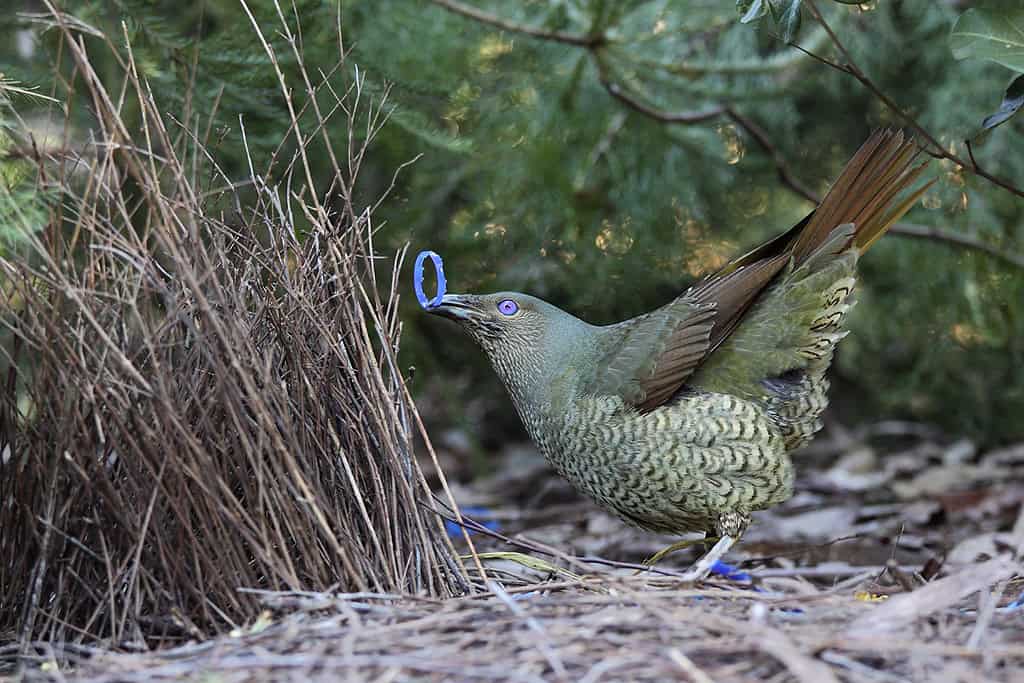
While not technically nest builders (their actual nesting structures are relatively simple), male bowerbirds create some of the most elaborate courting structures in the animal kingdom. Native to Australia and New Guinea, these birds construct elaborate “bowers”—ornate display arenas made of carefully arranged sticks, decorated with collected objects organized by color, texture, and shininess. These aren’t nests in the traditional sense but rather courtship stages where males perform for potential mates.
The Vogelkop Bowerbird (Amblyornis inornata) builds a conical hut-like structure complete with a “front lawn” meticulously decorated with colorful fruits, flowers, beetle shells, and human-made objects like bottle caps or glass. The Satin Bowerbird (Ptilonorhynchus violaceus) has a particular preference for blue objects, collecting blue feathers, flowers, berries, and even stealing blue clothes pins or straws from nearby human settlements. Some species create avenue-style bowers with parallel walls of sticks, while others build maypole structures around saplings. These artistic creations demonstrate not just an aesthetic sense but problem-solving intelligence as males continuously rearrange and perfect their displays.
Hamerkop Engineering Fortresses

The Hamerkop (Scopus umbretta), a wading bird native to Africa, constructs one of the largest and most durable nests of any single bird pair. These massive, domed structures can measure up to 5 feet across and weigh more than 110 pounds. A mated pair may spend up to three months gathering and arranging over 10,000 sticks and other materials, including mud, grass, and even plastic when available in human-disturbed areas.
The completed nest resembles a flattened dome with a small entrance tunnel that leads to a nesting chamber, effectively creating a fortress against predators. These structures are so sturdy that they can support the weight of a human adult. The Hamerkop’s architectural prowess has earned it a place in African folklore as a bird with supernatural powers. Interestingly, once the massive nest is completed, other birds often move in to build their nests in the supporting structure, like Egyptian geese or even eagles, creating an unintentional mini-ecosystem centered around the Hamerkop’s architectural achievement.
Montezuma Oropendola Hanging Basket Weavers

The Montezuma Oropendola (Psarocolius montezuma) of Central America creates one of the most distinctive nest silhouettes in the bird world. These large, colonial blackbirds weave extraordinary hanging basket nests that dangle like elongated teardrops from the branches of tall trees. A single colony may feature dozens of these pendulous structures hanging from a single tree, creating one of the most striking visual displays in neotropical forests.
Each nest measures up to 6 feet long and takes about 30 days for a female to complete. The construction process begins with the bird weaving a secure anchoring ring around a branch, then gradually extending fibers downward to create a long, bag-like structure with a small entrance at the top. The completed nest sways in the wind, making it difficult for predators to access. The male oropendolas play no part in nest construction. Instead, they spend their time defending territory and performing elaborate bow-display courtship rituals, during which they lean forward and emit liquid, gurgling calls while showing off their yellow tail feathers.
Rufous Hornero Clay Oven Architects

The Rufous Hornero (Furnarius rufus), also known as the Red Ovenbird, is South America’s master potter. This medium-sized songbird constructs remarkably solid, oven-shaped nests made almost entirely of mud and clay mixed with plant fibers and dung. The national bird of Argentina, the hornero, builds its characteristic dome-shaped structure on tree branches, fence posts, utility poles, and even human structures.
A mated pair works together for 1-2 weeks, carrying over 3,000 beakfuls of mud to complete a single nest. The finished structure resembles a primitive clay oven (hence the name “hornero,” meaning “baker” in Spanish) with thick walls that can withstand heavy rains and predator attacks. The nest features a curved entrance passage that leads to a nesting chamber, creating a secure environment for their eggs and chicks. These mud apartments are so durable that they often remain intact for years, sometimes being repurposed by other bird species after the horneros have moved on to build a fresh nest for their next breeding season.
Malleefowl Living Incubators

The Malleefowl (Leipoa ocellata) of Australia doesn’t build a nest in the traditional sense—it constructs a remarkable incubator. These chicken-sized birds create enormous mounds of soil and vegetation that function as natural composting systems to incubate their eggs. A single mound can measure up to 15 feet in diameter and 3 feet high, containing several tons of material that the male bird meticulously gathers and arranges.
The construction process begins with the male digging a pit, filling it with plant matter, and covering it with sand. As the vegetation decomposes, it generates heat, and the malleefowl become astute temperature regulators. The male constantly monitors the mound’s internal temperature by inserting his beak and making precise adjustments by adding or removing sand layers. When conditions are right (maintaining a precise 92°F), the female lays eggs in the mound over several months. The male continues his temperature management until the chicks hatch and dig their way out, fully independent from birth. This sophisticated incubation system represents one of the most complex examples of reproductive behavior in the bird world.
Common Tailorbird Nature’s Seamstress
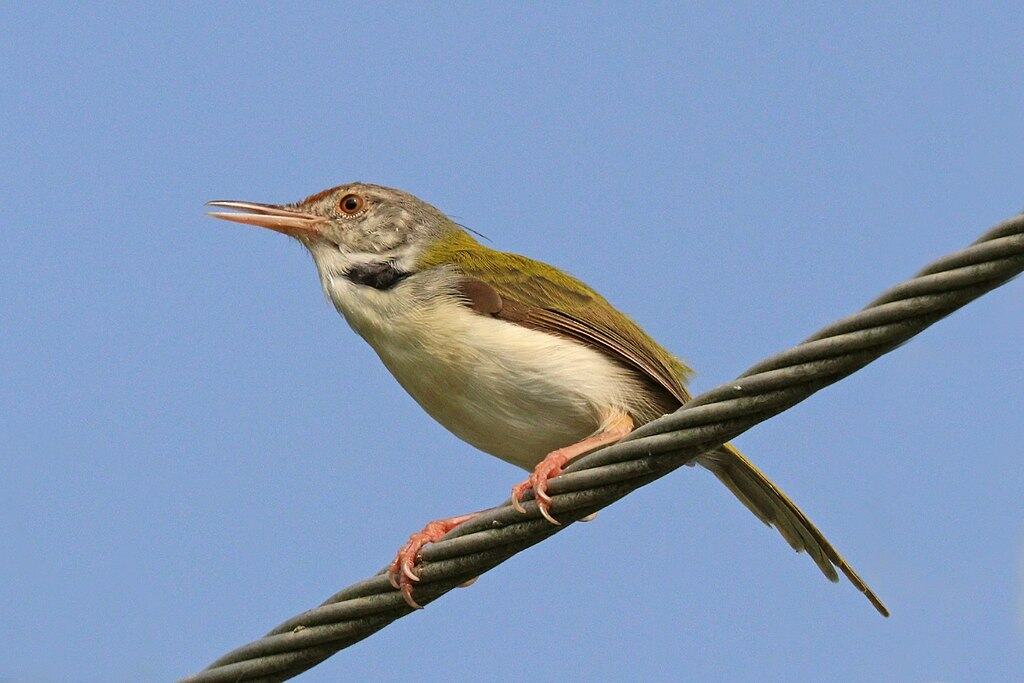
The Common Tailorbird (Orthotomus sutorius) earns its name through a truly unique nest-building technique that involves actual sewing. This tiny warbler-like bird, native to tropical Asia, creates its nest by literally stitching together large leaves using plant fibers, spider silk, and cotton. The bird uses its sharp beak as a needle, puncturing holes along the edges of leaves and pulling plant fibers through to “sew” them together into a pouch or cradle.
After creating this leaf pocket, the tailorbird lines the interior with soft materials like plant down, grass, and animal hair to create a cozy nest cup. The entire structure is usually suspended from a tree branch, hidden within the foliage, providing excellent camouflage against predators. Early naturalists were so astounded by the tailorbird’s sewing abilities that they initially doubted reports of this behavior. Some tailorbirds have adapted to urban environments, occasionally incorporating human-made materials like thread or dental floss into their stitching, demonstrating remarkable resourcefulness and adaptability in their craftsmanship.
African Palm Swift Glue Artists
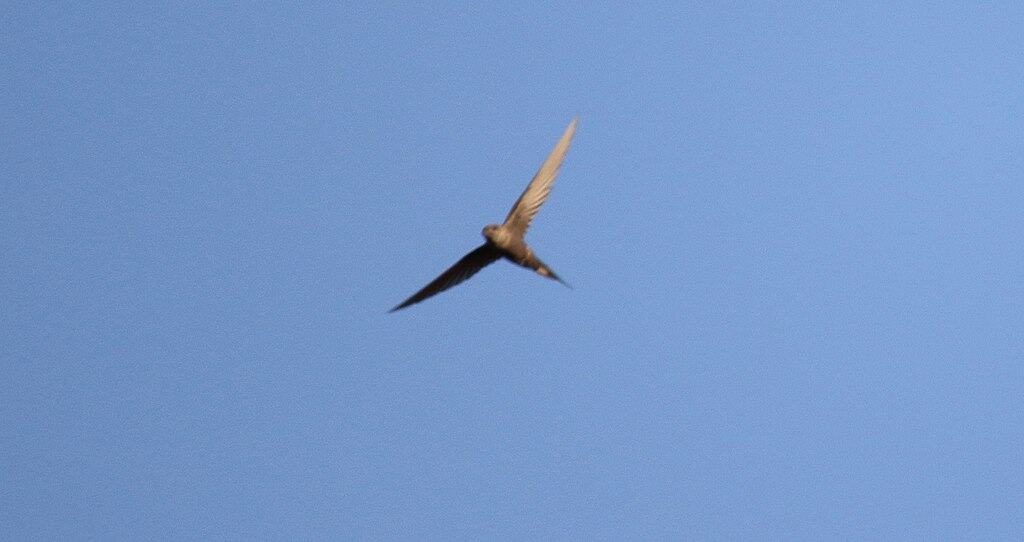
The African Palm Swift (Cypsiurus parvus) demonstrates extraordinary adhesive engineering in its nest construction. Unlike most birds that weave, stack, or excavate, this tiny swift builds its nest by gluing it directly to the underside of palm fronds using its specialized saliva. The nest is a small, half-cup structure made primarily of feathers, plant material, and other soft debris—all held together and adhered to the smooth palm leaf by the bird’s sticky saliva.
What makes this feat particularly impressive is that palm fronds often swing and rotate in the wind, requiring the nest to withstand constant movement and changing orientation. The swift’s saliva creates a bond strong enough that the nest stays firmly attached even during storms. The female lays 2-3 eggs directly into this minimal structure, which is just large enough to hold them. The parents must cling to the edge of the nest or to the palm frond itself while incubating and feeding their young. This minimalist approach to nest building represents a remarkable adaptation to the specific ecological niche these birds occupy in the African landscape.
Little Grebe Floating Architects
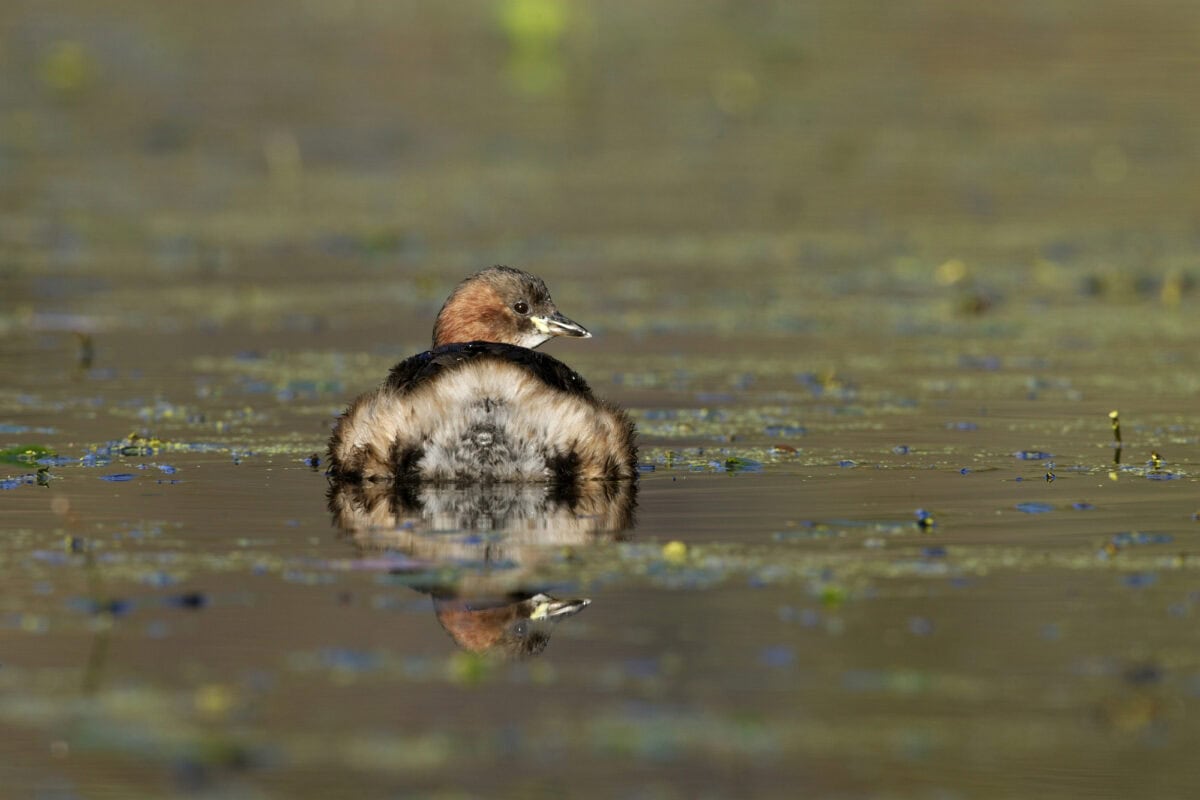
The Little Grebe (Tachybaptus ruficollis), also known as the dabchick, constructs one of the most unusual aquatic nests in the bird world. These small waterfowl build floating platforms made of waterlogged vegetation anchored to standing reeds or submerged branches in freshwater habitats across Europe, Asia, and Africa. What makes these nests remarkable is their amphibious nature—part above water, part below—allowing the grebes to access their nest directly from underwater.
The nest begins as a pile of water plants that the birds gather and stack, creating a sodden mass that sits just at or slightly above the water’s surface. As the female lays eggs, the parents continuously add more material to keep the nest afloat, essentially engaging in constant home maintenance. When leaving the nest, grebes often cover their eggs with wet vegetation to hide them from predators and maintain appropriate incubation moisture. Perhaps most fascinating is the nest’s heat-generating properties—the decomposing vegetation creates warmth that helps incubate the eggs even when parents are away, functioning as a natural hot-water bottle in an otherwise cool aquatic environment.
Satin Bowerbird Optical Illusion Masters
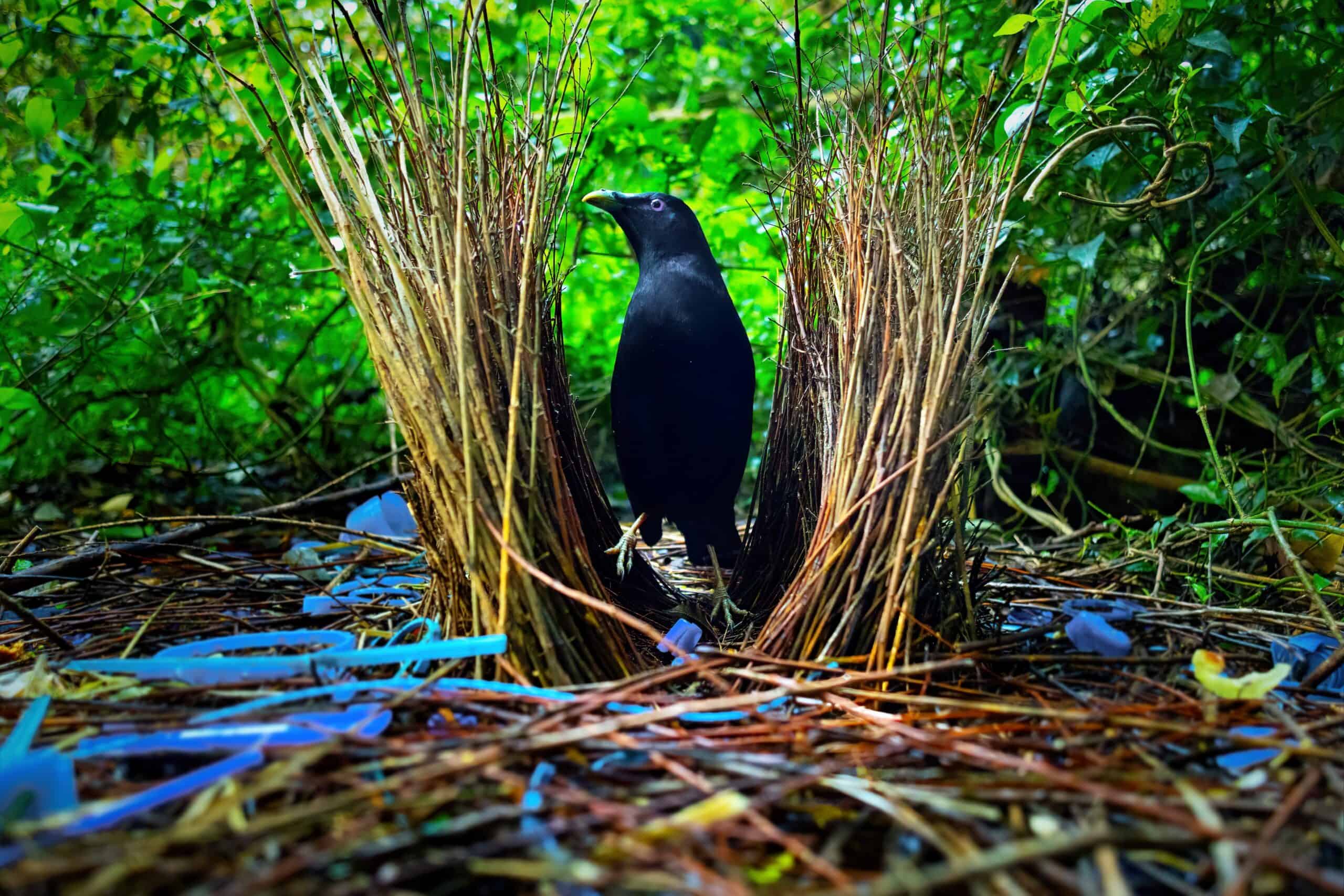
The Satin Bowerbird (Ptilonorhynchus violaceus) of eastern Australia takes decorative nest-building to artistic heights with a remarkable optical illusion technique. While their actual nesting structure (built by females) is relatively simple, the males construct elaborate display courts called bowers to attract mates. What sets the Satin Bowerbird apart is its avenue-style bower—two parallel walls of twigs, decorated with meticulously arranged blue objects.
What scientists have discovered is even more fascinating: male bowerbirds deliberately arrange these objects by size, creating a forced perspective optical illusion. Smaller items are placed farther back from the entrance. In contrast, larger ones are positioned closer, creating the impression of a uniformly-sized collection when viewed by a female from the entrance. This sophisticated understanding of perspective suggests cognitive abilities previously thought beyond avian capacity. The males continuously refine their arrangements, spending hours adjusting the positioning of each object for maximum visual effect. This artistic attention to detail makes the Satin Bowerbird one of the few non-human animals known to create optical illusions as part of courtship behavior.
Penduline Tit Expert Wool Weavers
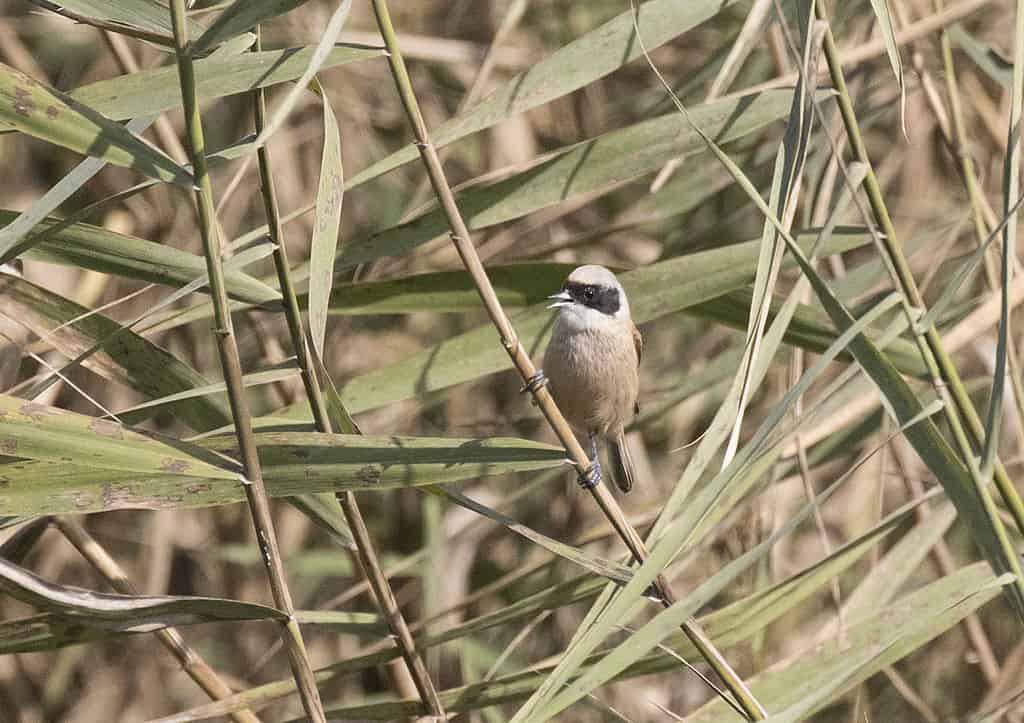
The Eurasian Penduline Tit (Remiz pendulinus) constructs one of the most intricate and beautiful nests in the bird world despite its tiny size. These small songbirds weave elaborate, flask-shaped pouches that hang suspended from branches, typically over water. The nest resembles a soft, woolen bag with a small, tubular entrance on one side that sometimes extends downward like a short chimney, protecting from predators and weather.
Construction is primarily done by male, who spends 2-3 weeks collecting plant down, animal hair, and spider silk to create the delicate structure. The bird uses over 2,000 individual pieces of material, meticulously felting them together into a seamless pouch with walls less than a centimeter thick. The completed nest is remarkably insulated and waterproof, maintaining internal temperature even in adverse conditions. Interestingly, penduline tits have an unusual breeding strategy where either parent may abandon the nest after egg-laying, leaving their partner to handle all parental duties—perhaps a reflection of the significant energy already invested in their architectural masterpiece.
Baya Weaver Natural Engineers
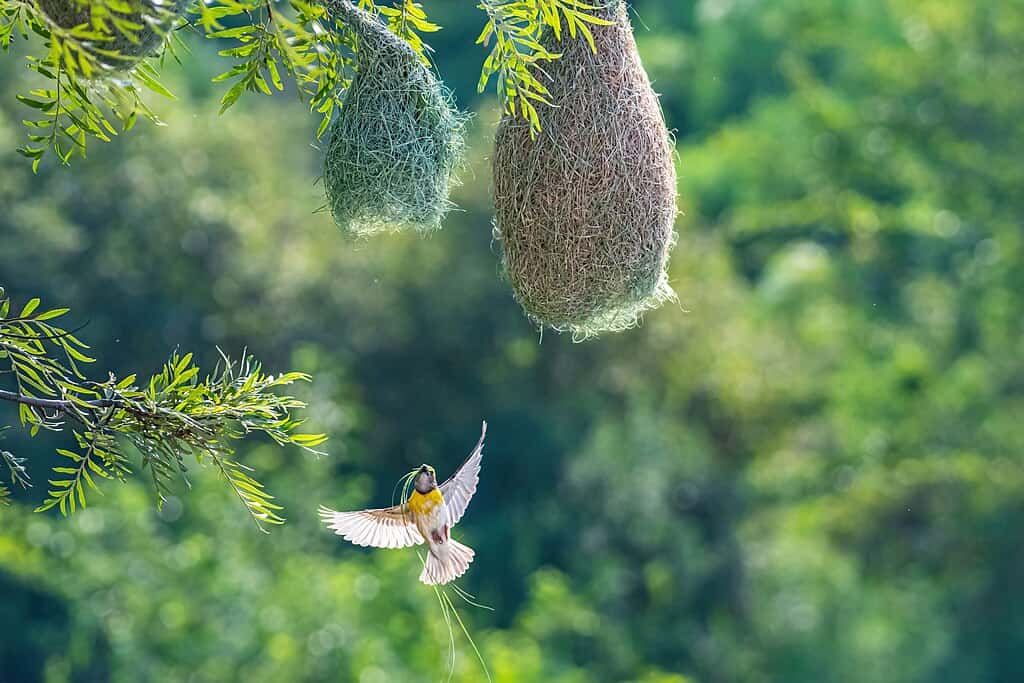
The Baya Weaver (Ploceus philippinus) of South and Southeast Asia creates one of the most technically sophisticated nests in the bird world. These small finch-like birds construct elaborate, hanging, retort-shaped nests woven entirely from thin strips of grass and palm leaves. The male begins construction by creating a strong anchoring point on a branch, often hanging over water, then builds a roof and progressively weaves downward to form an elongated chamber with a long entrance tube.
What makes these nests engineering marvels is their structural integrity and thoughtful design features. The entrance tube points downward, preventing rain from entering and deterring predators. Inside, the nest often contains a mud wall that separates the entrance passage from the nesting chamber, providing additional security and temperature regulation. Some males even embed fireflies (held in place with fresh clay) into the nest walls, creating bioluminescent “lamps” that may attract females or deter nocturnal predators. Each nest contains approximately 500 meticulously woven knots and may take up to 500 hours to complete. Males typically build multiple nests in a season, with females selecting their preferred structure based on its quality and location.
White-Winged Chough Mud Pottery Experts
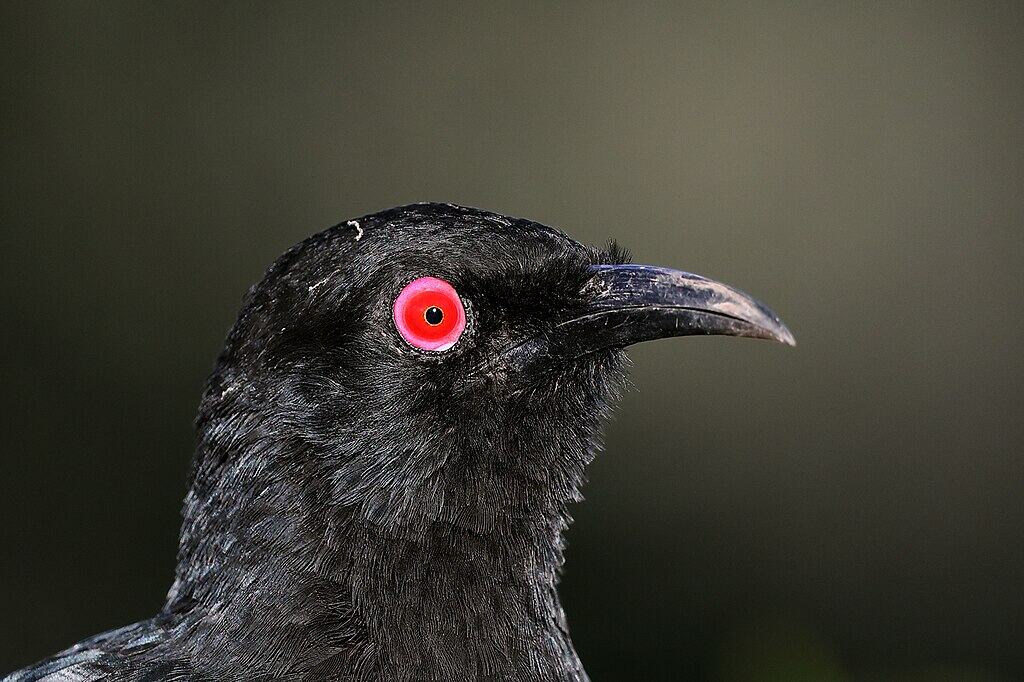
The White-Winged Chough (Corcorax melanorhamphos) of Australia creates substantial mud bowl nests that showcase remarkable pottery-like craftsmanship. These crow-sized birds live in family groups of up to 20 individuals, who collectively construct a single large nest. The process begins with the birds gathering mud from creek banks or puddles, mixing it with their saliva to create a cement-like compound that hardens into a durable material similar to papier-mâché.
The cooperative family group builds a deep, bowl-shaped structure up to 10 inches across, with walls nearly an inch thick. Construction can take over a week as the birds meet.
- 10 Animals That Shaped Human Evolution - August 23, 2025
- These 12 Creatures Are More Lethal Than Sharks - August 23, 2025
- 10 Animals That Are Older Than Dinosaurs - August 23, 2025

